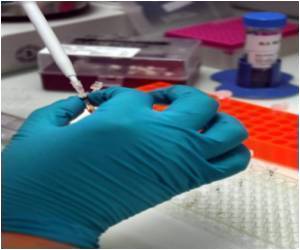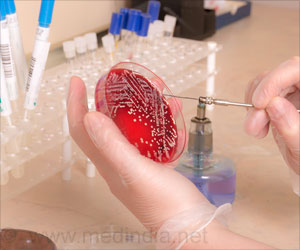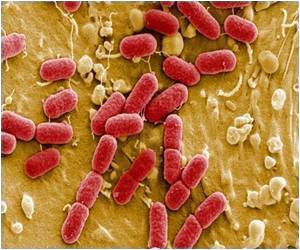How Gram-negative bacteria communicate with each other can help researchers build a stronger understanding of multispecies interactions and how to eventually control these types of high-risk infections.

‘How Gram-negative bacteria communicate with each other can help researchers build a stronger understanding of multispecies interactions and how to eventually control these types of high-risk infections.’





Originally, it was hypothesized that the communication molecule induced vesicle production by controlling gene expression, but that's not what's going on. Yong and Schertzer decided to work together on a model to understand more about how the communication molecule inserts itself into the membrane of bacteria in order to physically stimulate the production of these toxin delivery vehicles.
"It's hard to see the molecular detail at that level," explained Schertzer. "But with Dr. Yong's expertise, we were able to build a computational model that helped us understand what actually goes on between individual molecules."
Yong's model allowed them to look at the details of the molecule and understand more about how it interacted with the membrane on a very short timescale.
"Our most important finding is that the communication molecule needs to enter the membrane in a very specific way," said Schertzer. "It folds itself like a book, then will expand once it has entered the membrane."
Advertisement
"Gram-negative bacteria likely all have similar types of communication molecules. We focused on the PQS [Pseudomonas Quinolone Signal] molecule of Pseudomonas aeruginosa because it was the first discovered and is the best studied," said Yong. "Other Gram-negative species, such as E. coli, may be transferring their own communication molecules in a similar way."
Advertisement
Source-Eurekalert









